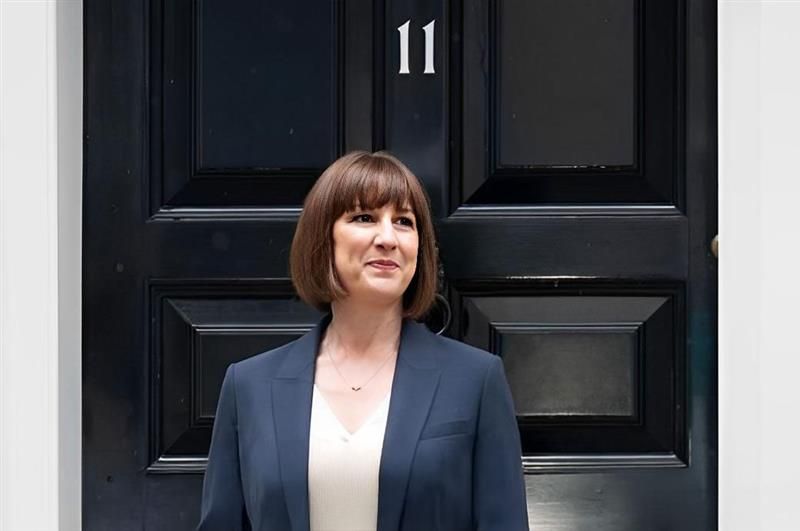
Real UK gross domestic product (GDP) grew by 0.9 per cent in 2024, 0.2 percentage points lower than anticipated in October, and OBR now expects similar growth of 1 per cent this year—half the 2-per cent growth assumed in its October forecast.
Around one-third of this difference in 2025 reflects the lower growth in potential output due to structural weakness in productivity. The remaining two-thirds reflects cyclical weakness due to higher interest rate and energy price expectations, rises in uncertainty and a fall in confidence.
The latter is shown by measures of consumer and business confidence having generally trended lower in recent months, the OBR analysis, released following Chancellor Rachel Reeves' Spring Statement in the House of Commons, noted.
OBR’s central forecast has GDP growth accelerating to 1.9 per cent in 2026, and then averaging 1.8 per cent a year over the rest of the forecast, broadly in line with its potential output forecast.
The projected acceleration in 2026 reflects monetary policy loosening, falls in energy prices, and a gradual easing of uncertainty resulting in spare capacity in the economy being used up.
While the forecast for GDP growth is much weaker in the near term, in line with recent data developments, OBR’s forecast for medium-term GDP growth is slightly higher than in October.
This is due to the more negative starting output gap providing more scope for above-trend GDP growth and the impact of planning reforms. From 2023 to 2029, cumulative real GDP growth is around 0.5 percentage point lower than the October forecast.
The latest indicators suggest that there is currently a small amount of spare capacity (excess supply) in the economy, and slightly more than we forecast in October. OBR’s estimate of the output gap (real GDP relative to its estimate of potential output) in the fourth quarter of 2024 is minus 0.5 per cent. This is 0.2 percentage point lower (more spare capacity) than in October.
The negative output gap reflects subdued economic growth in recent quarters, capacity utilisation indicators falling slightly below their normal levels and a loosening labour market.
OBR expects that the output gap will trough in 2025 at minus 0.6 per cent, before narrowing and closing by early 2027 as output returns to its estimate of potential.
Over 2025 and 2026, OBR now expects excess supply, rather than excess demand as in October, with the output gap 0.6 percentage point lower on average over this period. This reflects the lower starting point, higher market expectations for interest rates, lower business and consumer confidence, and increased uncertainty, including around global trade policy.
Government policy measures announced since October are expected to lift the output gap by around 0.1 percentage points through the middle of the forecast period, primarily reflecting the impact of planning reforms, the OBR analysis added.
ALCHEMPro News Desk (DS)
Receive daily prices and market insights straight to your inbox. Subscribe to AlchemPro Weekly!